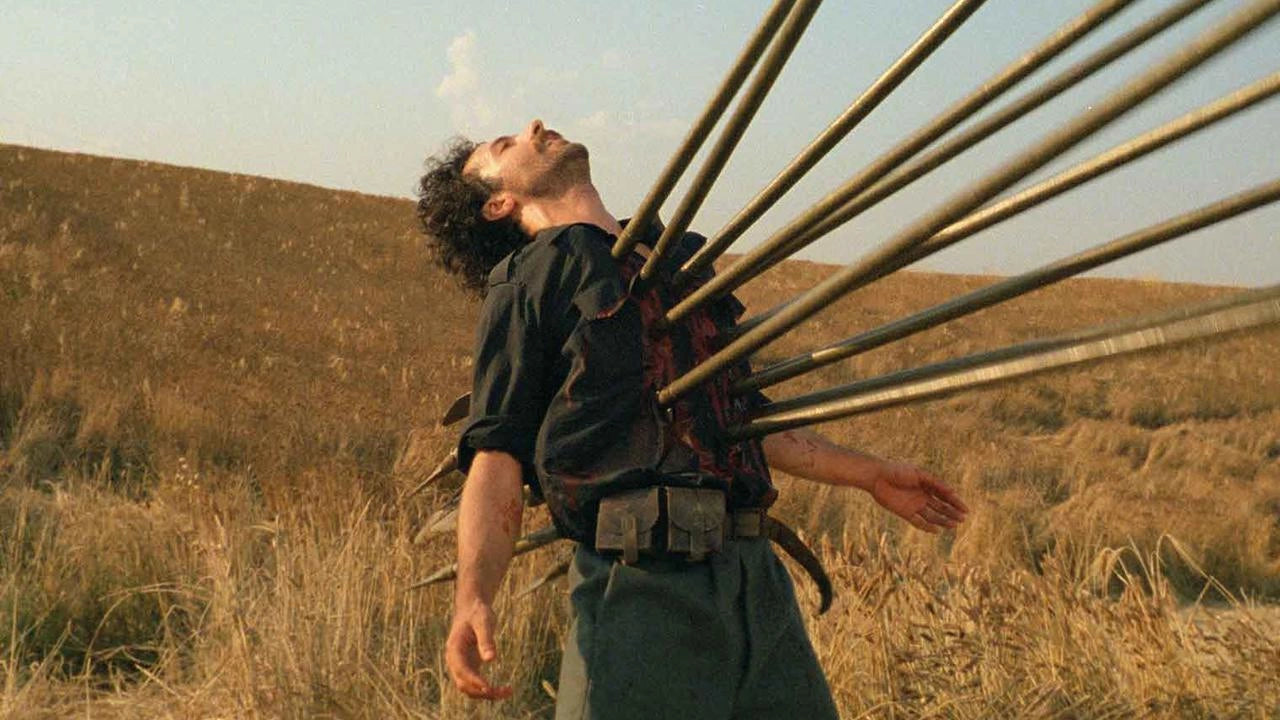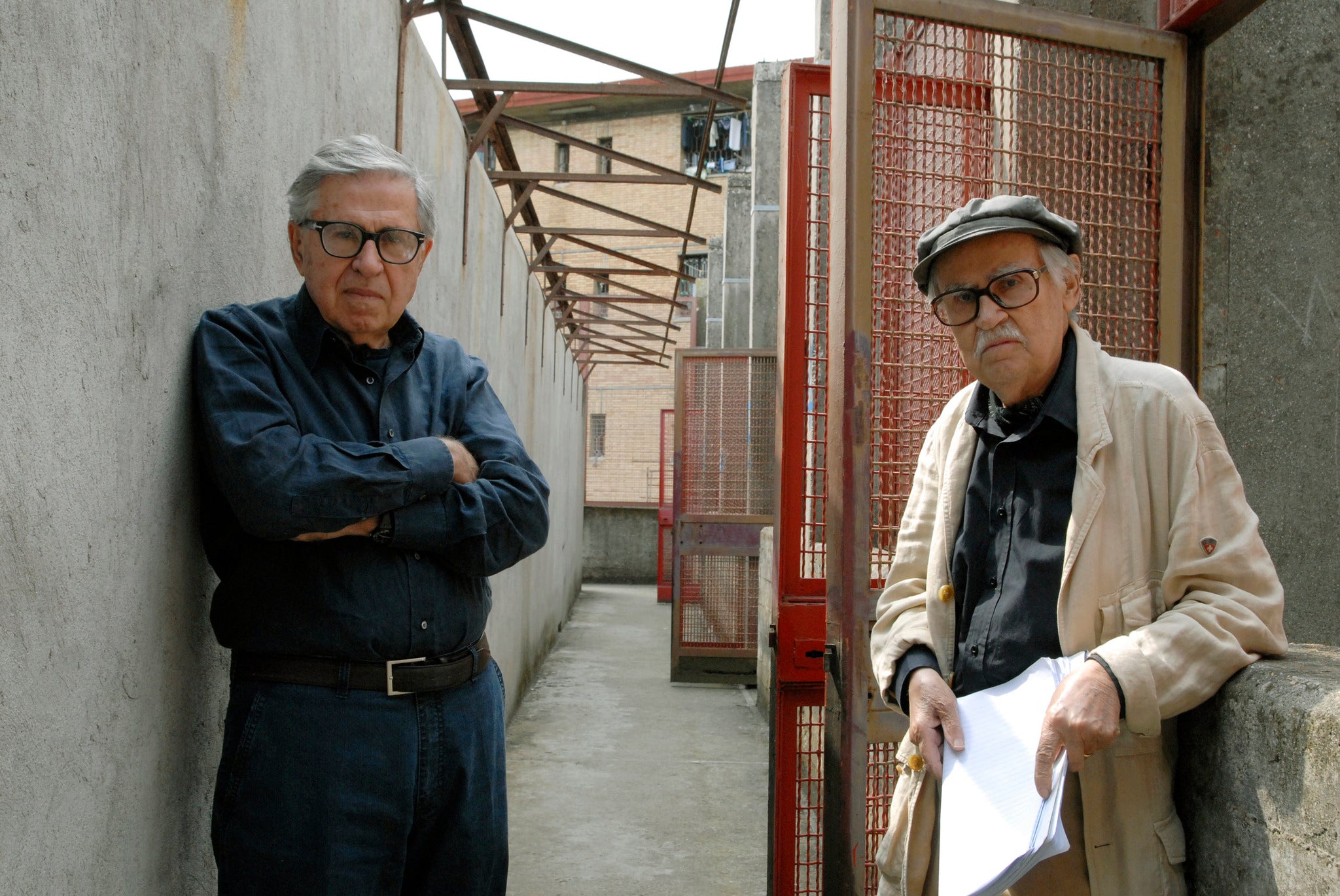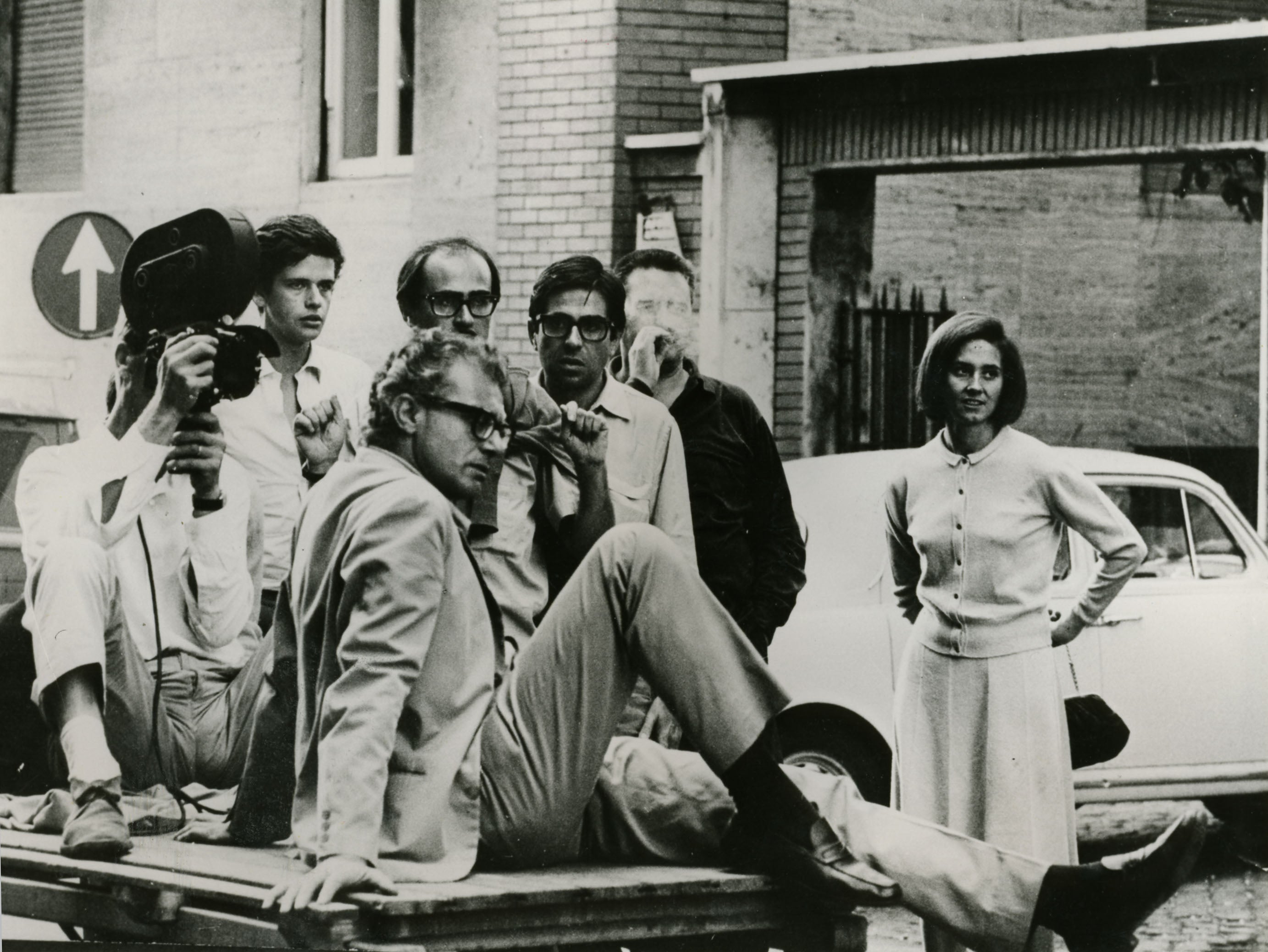We bid farewell to Paolo Taviani by looking at the scores that defined the films by him and his brother Vittorio, one of the most critically-acclaimed director couples in the history of cinema.

Acclaimed director Paolo Taviani passed away yesterday, aged 92. For over 50 years he had formed, with his brother Vittorio who left us in 2018, one of the most acclaimed creative duos in the history of Italian cinema.
Their opuses, which always came with a political stance, became critics’ favourites, including Padre Padrone which won the Palme d’Or at Cannes in 1977 and Caesar Must Die, awarded with the Golden Bear at the Berlinale in 2012.
Rome major Roberto Gualtieri was among the first to announce the director’s passing, as he took to X to remember how the Taviani brothers “directed unforgettable, profound, committed films which entered into the collective imagination and the history of cinema.”

For over 50 years Vittorio and Paolo Taviani represented one of the most critically acclaimed duos in Italian cinema.
Vittorio and Paolo, born in Tuscany, respectively two years apart in 1929 and 1931, were first inspired to venture into cinema when still teenagers, after seeing Paisà by Roberto Rossellini.
The anti-fascist teachings of their lawyer father and the neorealist lessons given by the films of Rossellini were the major inspirations for the brothers.
Their first two films, I sovversivi (1967), which commented on the funeral of Italian communist leader Palmiro Togliatti and anticipated the student and social unresting of 1968, and Sotto il segno dello Scorpione (1969), starring politically-engaged actor Gian Maria Volontè, signalled, from the very beginning, their determination to use the seventh art as a conscious tool.
As a matter of fact, their engagement went beyond cinema alone, also taking part in 1971 to a campaign by Italian left-wing magazine L’Espresso against Police inspector Mario Calabresi who was considered, among other things, responsible for the controversial death of anarchist Luigi Pinelli in the aftermath of the Piazza Fontana terror attack.
Among their many masterpieces, La notte di San Lorenzo (1982) is the one that mostly highlights the directors’ bond with their land and political commitment. It narrates in a fairy-tale tone a marginal event that preceded World War II in the Tuscanian countryside through the eyes of some villagers. It was awarded with the Special Jury Prize at Cannes, with its soundtrack by Nicola Piovani on CAM Sugar also imposing itself as a modern classic of Italian film music.

Vittorio and Paolo Taviani on the set of I sovversivi, 1967.
Vittorio Gelmetti, Nora Orlandi – Sotto il segno dello Scorpione (1969)
Experimental, disturbing and psychedelic, this score captures the avant garde feeling and freshness the early films by the Taviani brothers brought into Italian cinema.
Similarly to the new wave of political directors like Marco Bellocchio who partnered with Ennio Morricone to explore his most dark-tinged sound, the Tavianis broke up with the tradition of melodic soundtracks to use music as an active instrument to signal the advent of a renewed political consciousness in the aftermath of 1968.The two directors, in fact, choose a dystopian setting to deliver a dramatic message about the state of Western society.
Nicola Piovani – La notte di San Lorenzo (1982)
The soundtrack is one of the masterpieces of Nicola Piovani. The composer was able to fuse together army-like marches signalling the soon-to-break-out World War II with equally emotional and dramatic orchestral themes as well as religious motifs. The overall outcome is a score that captures the Italian rural society of the 1940s, that of the childhood of the Taviani brothers, with all its humanity, spirituality and lyricism.
Ennio Morricone – Il prato (1979)
A lesser-known soundtrack by the Maestro from the CAM Sugar catalogue, Il prato marks the second and last collaboration between the composer and the Taviani brothers following Allonsafàn (1974). The film stars, among others, Michele Placido and Isabella Rossellini, daughter of Roberto, the seminal influence of Paolo and Vittorio Taviani.
Once again, the oeuvre signals the bond of the two directors with their motherland of Tuscany and its rural identity, whilst retaining a political stance. The score by Morricone is dramatic, fierce and orchestral and included the overlooked gem ‘La rabbia’, a mechanical march with flutes reminiscent of his masterpiece La classe operaia va in paradiso.
Opening image: La notte di San Lorenzo, by Vittorio and Paolo Taviani, 1982.